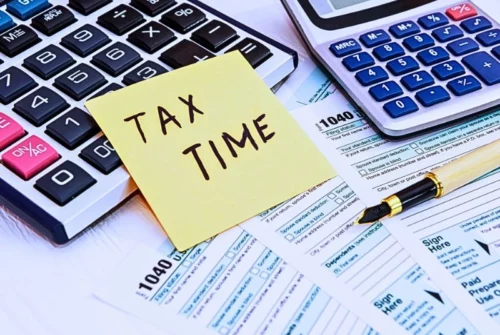
How a Tax Lien Could Impact Your Home Refinance Options
Tax liens lower the odds of selling or refinancing a home. The government files a lien to officially make a legal claim against a home as a payment or collateral for tax debt. It notifies other creditors that the government has a legitimate right on the home until all the owed tax debts are cleared.

Addressing the Lien
Paying Taxes with Home Equity
If the homeowner agrees to pay off the outstanding taxes using home equity, the federal government may subordinate the lien to allow home refinance to proceed.
Paying the Tax Debt in Full
Paying the owed tax debts in full is the most effective way to remove a lien on a home. The IRS often lifts the lien within 30 days after the debt payment.
Applying for the Withdrawal of the Lien
A lien withdrawal lifts the public
The IRS may require the owner to initiate payment installments and have them deducted directly from his or her bank account. He or she must owe less than $25,000 and can repay within 5 years to increase the chances of qualifying for lien withdrawal. Following a successful lien withdrawal, notifying the major credit-reporting bureaus is crucial. These bureaus will then confirm lien removal and delete it from their files, preventing it from appearing in future credit reports.
Liens significantly affect home refinance options but they don’t disqualify a homeowner from loans while he or she is repaying the owed debt. By approaching the IRS, coming up with appropriate payment plans, and staying committed to paying off the tax debt, a homeowner can still refinance his or her home.






